Plants are not just green, stationary entities; they are living wonders that breathe life into our planet. While there are millions of plant species worldwide, some stand out as exceptionally rare and unique. In this blog post, we’ll embark on a journey to explore the 10 most rare plants in the world, each with its distinctive characteristics and the challenges it faces. From enormous flowers to living fossils, the plant kingdom is full of surprises.
10 Most Rare Plants in the World : List
- The Corpse Flower (Amorphophallus titanum)
- Baobab Trees (Adansonia)
- Rafflesia Arnoldii (The Largest Flower in the world)
- Jade Vine (Strongylodon macrobotrys)
- Welwitschia Mirabilis (Living Fossil)
- Titan Arum (Amorphophallus titanum)
- Ghost Orchid (Dendrophylax lindenii)
- Peyote Cactus (Lophophora williamsii)
- Kāhili Ginger (Hedychium gardnerianum)
- Socotra Dragon Tree (Dracaena cinnabari)
10 Most Rare Plants in the World With Pictures
Here is the complete discription of Ten Most Rare Plants in the world with images.
The Corpse Flower (Amorphophallus titanum)
Habitat: Sumatra, Indonesia
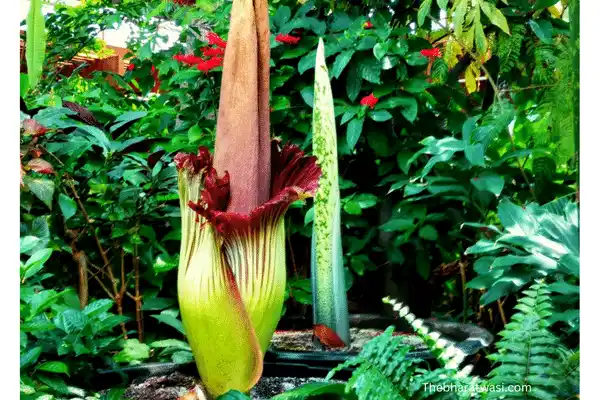
The Corpse Flower is notorious for its putrid odor that resembles a rotting corpse, a scent it emits to attract pollinators. It is one of the world’s largest and heaviest flowers, with blooms that can reach up to 10 feet in height. Due to habitat loss, this giant is considered vulnerable in the wild, making it a rare sight in the plant world.
Baobab Trees (Adansonia)
Habitat: Madagascar, Africa, Australia
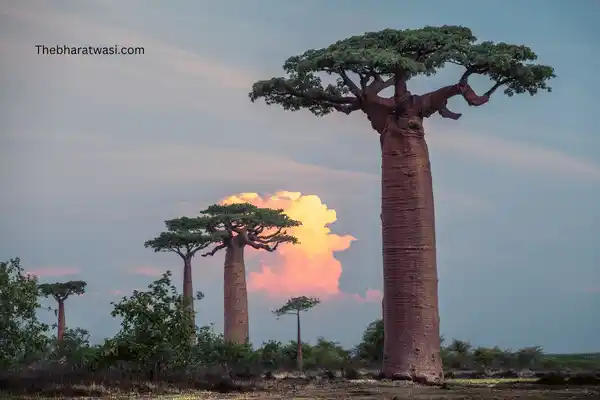
Known as the “Tree of Life,” Baobab trees are ancient giants, with some individuals exceeding 6,000 years in age. Their massive trunks and unique shapes have earned them the nickname “upside-down trees.” Baobabs are valued for their water-storing capacity and the nutritious fruit they produce, but deforestation and climate change pose serious threats to these iconic trees.
Rafflesia Arnoldii (The Largest Flower in the world)
Habitat: Southeast Asia
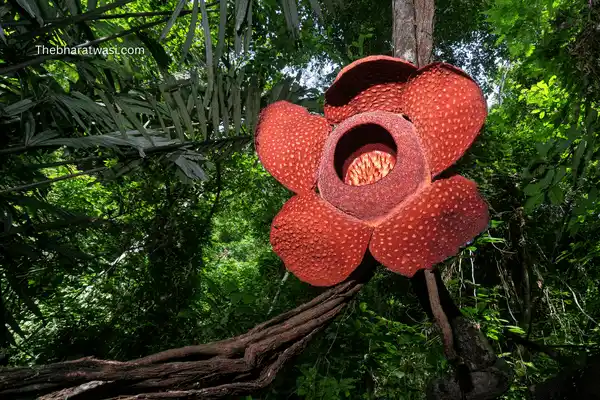
Rafflesia Arnoldii is renowned for being the largest flower globally, with blooms that can span up to three feet in diameter. Yet, it is not its size that makes it extraordinary but its distinctive way of life. This parasitic plant lacks leaves, stems, and roots and instead grows within the tissue of a host plant. The vulnerable status of its rainforest habitat has resulted in a decline in its population.
READ MORE : Rhoeo Plant Care Tips,Maintenance,Best Fertilizer, Propagation, Varieties,Complete Guide
Jade Vine (Strongylodon macrobotrys)
Habitat: Philippines
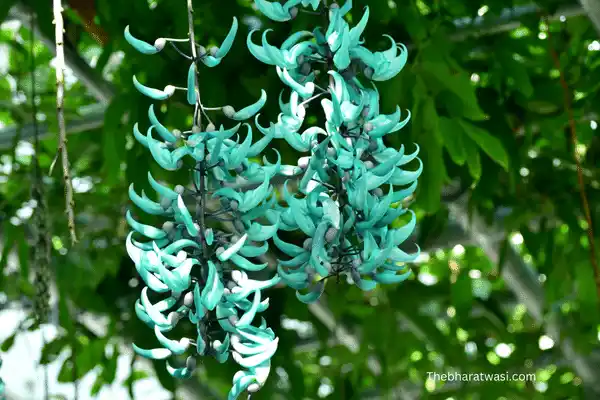
The Jade Vine is an enchanting and rare plant with striking turquoise flowers that hang in clusters. Known for its ethereal beauty, it attracts its primary pollinator, the bat. The destruction of its native rainforest habitat has classified the Jade Vine as endangered, emphasizing the importance of conservation.
Welwitschia Mirabilis (Living Fossil)
Habitat: Namib Desert, Namibia, Angola
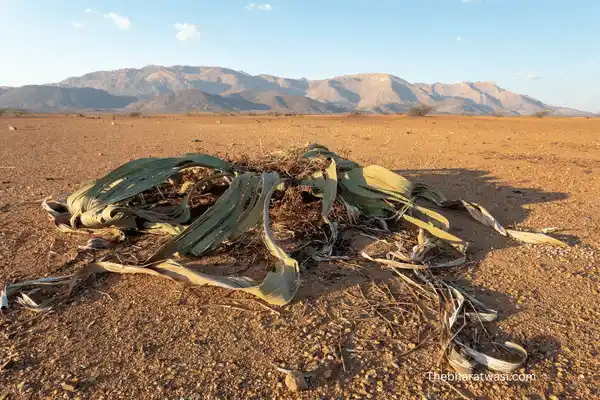
Welwitschia Mirabilis is a true survivor, as this living fossil has existed for over 1,000 years. It consists of just two leaves that continue to grow throughout its lifespan. These remarkable plants are resilient, thriving in harsh desert conditions. Climate change and illegal collecting for horticulture threaten their survival.
READ MORE: How to Grow Money Plant in Water: Complete guide in just 5 easy steps
Titan Arum (Amorphophallus titanum): The Giant Amongst Giants
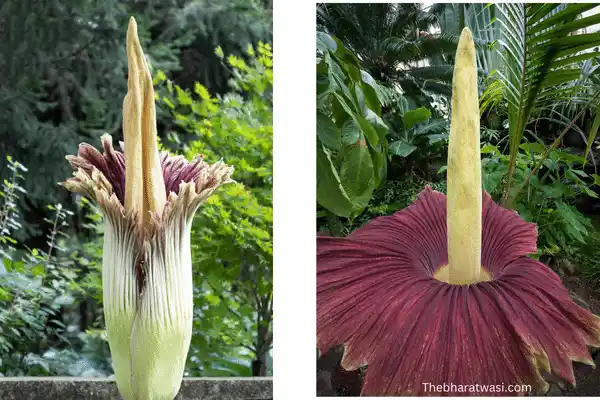
Much like its infamous counterpart, the Corpse Flower, the Titan Arum is celebrated for its gargantuan size and, to some, its rather unsavory scent. Sporting colossal blooms that can reach astonishing heights, this plant earns its title as a botanical giant. While its odor might not be the most pleasant, it serves a vital purpose—enticing pollinators. Unfortunately, like many rare plants, its habitat is threatened, marking the urgency of conservation.
Peyote Cactus (Lophophora williamsii): A Sacred and Slow Grower
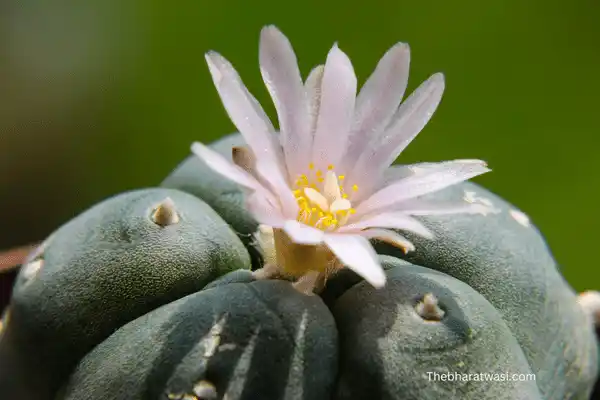
The Peyote Cactus holds a sacred place in the traditions of various indigenous communities due to its psychoactive properties. However, its revered status hasn’t shielded it from the slow growth that characterizes its existence. Peyote is a slow-growing plant, taking many years to reach maturity, making its preservation essential to maintain its cultural and ecological significance.
READ MORE : Types of Money Plant with Pictures: From Classic to Unique
Ghost Orchid (Dendrophylax lindenii): A Glimpse of Translucence
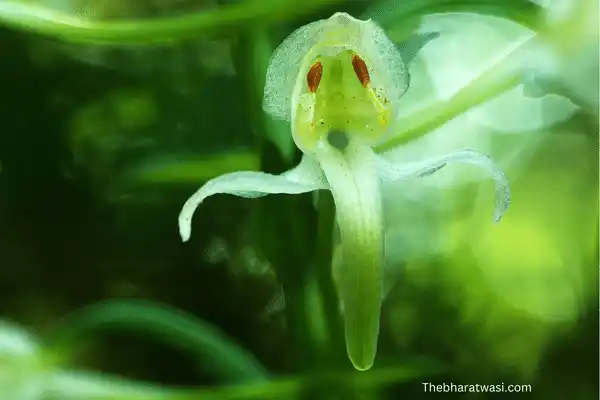
The Ghost Orchid is an ethereal beauty, celebrated for its almost translucent appearance. Its spectral charm is enhanced by its rarity in the wild. This remarkable orchid, which almost seems to disappear in the dappled light of its habitat, continues to captivate botany enthusiasts and conservationists alike.
Kāhili Ginger (Hedychium gardnerianum): A Hawaiian Marvel
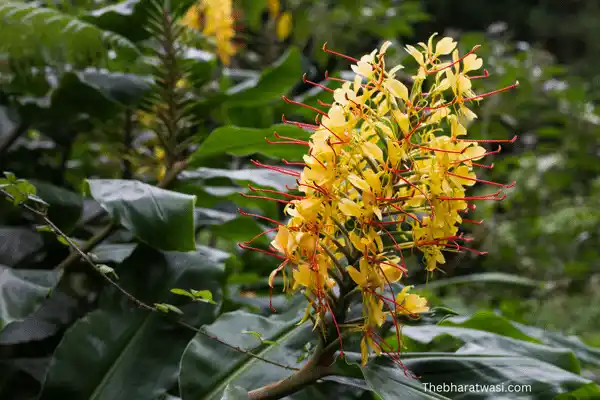
Transporting us to the lush landscapes of Hawaii, the Kāhili Ginger emerges with its vibrant red-orange blooms. This tropical treasure is not only a visual delight but also a significant part of Hawaiian flora. Unfortunately, it faces habitat loss and competition from invasive species, highlighting the importance of preserving its unique beauty.
Socotra Dragon Tree (Dracaena cinnabari): Guardians of an Enigmatic Island
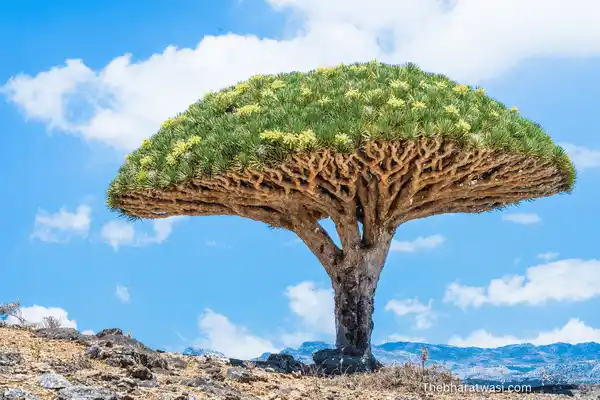
Venturing to the mystical island of Socotra, we encounter the Socotra Dragon Tree—an otherworldly, endemic marvel. With their peculiar umbrella-shaped canopies and unique dragon’s blood resin, these trees are a testament to the biodiversity of this remote island. However, like many rare species, they face ecological threats, emphasizing the urgency of conservation.
READ MORE : Top 10 Indoor Plant Stand in 2023: Boost Your Greenery Game in 5 Minutes
As you know, the list of 10 Most Rare Plants in the world has been completed. We hope that you will get information about the rare plants of the world.
Challenges and Conservation of Rare Plants in the World
These 10 Most Rare Plants in the World rare plants face numerous challenges that threaten their existence. Deforestation, habitat destruction, climate change, and illegal trade in exotic plants are some of the primary threats. Conservation efforts, including habitat protection and cultivation in botanical gardens, are essential to safeguarding these botanical treasures.
FAQs related Rare Plants
Q1. Why are rare plants important?
Rare plants often have unique adaptations, contribute to ecosystem diversity, and can be sources of valuable genetic material.
Q2. Can I grow rare plants at home?
Some rare plants can be cultivated in controlled environments or as houseplants, but care must be taken to follow ethical and legal guidelines.
Q3. Are rare plants protected by law?
Many rare plants are protected by national and international laws to prevent illegal trade and habitat destruction.
Q4. How can I support rare plant conservation?
Supporting organizations dedicated to plant conservation, advocating for habitat protection, and avoiding the purchase of illegally collected plants can contribute to conservation efforts.
Q5. Where can I see these rare plants in person?
Many botanical gardens and conservation centers around the world showcase rare plants. Visiting these institutions can provide a firsthand glimpse of these remarkable species.
In conclusion, these 10 Most Rare Plants in The World are not only wonders of nature but also indicators of the fragile balance of our ecosystems. By raising awareness and supporting conservation efforts, we can contribute to their preservation and ensure that they continue to captivate us with their beauty and uniqueness for generations to come.
Visit TheBharatWasi Homepage For Latest knowledgeable blogs.
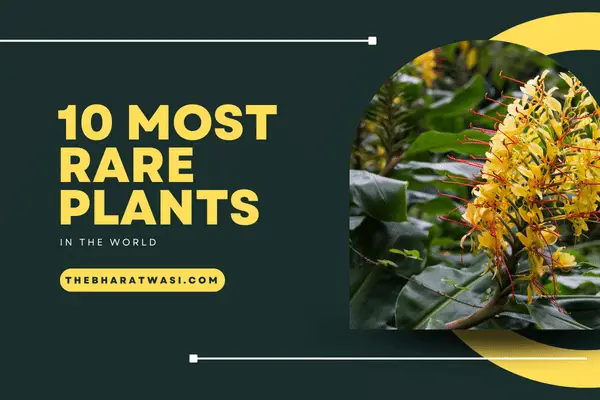




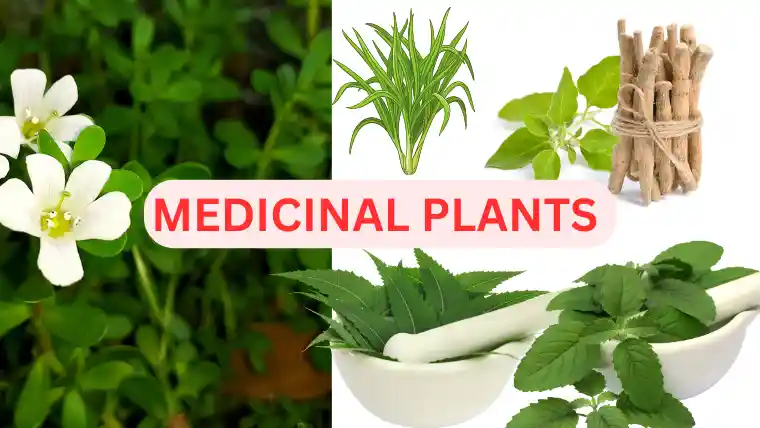

1 thought on “10 Most Rare Plants in the World With Pictures”